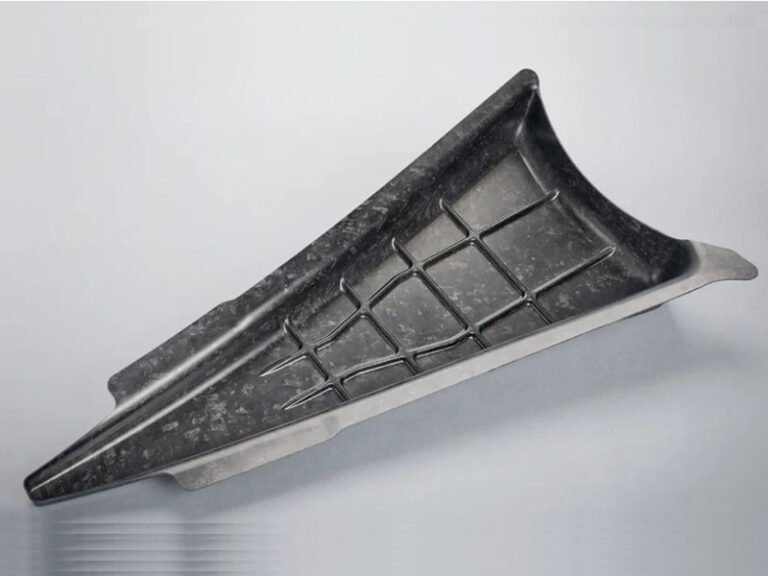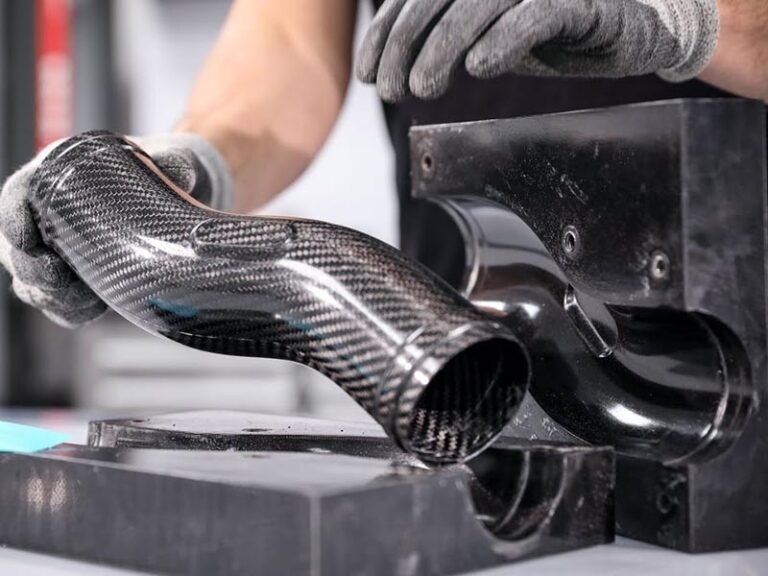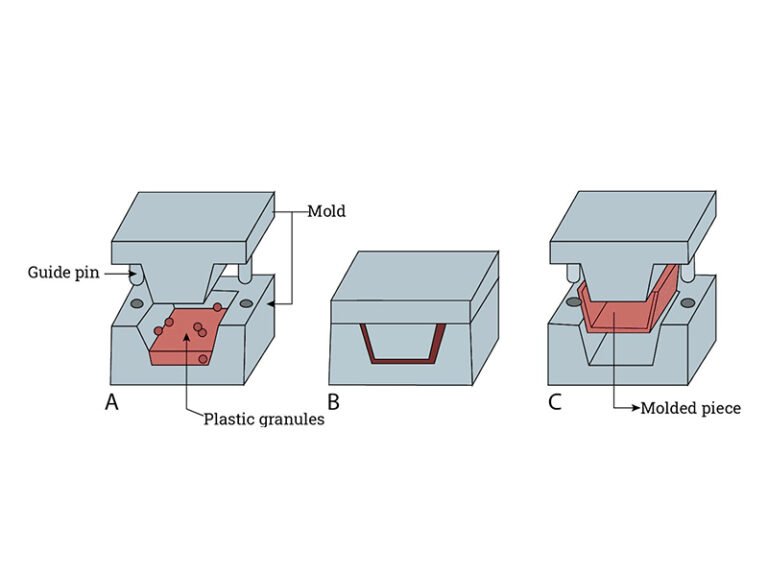In plastic component manufacturing, kitting and assembly are essential steps that improve production efficiency and ensure consistent quality. Kitting combines related parts into organized sets ready for use, while assembly connects these parts into complete plastic products. The effectiveness of these processes depends largely on plastic part design. A well-designed part with proper joint types, materials, and tolerances can simplify assembly, reduce rework, and improve performance. This article introduces common plastic parts assembly techniques and guides on selecting the right process for your application.
Benefits of Plastic Part Assembly Services
Plastic part assembly and packing services help to streamline production and improve efficiency. Below are the key advantages of applying professional plastic product assembly solutions:
- Improved Production Efficiency
Reliable plastic assembly methods enable the precise joining of components, thereby reducing manual handling and assembly time. Pre-assembled parts simplify downstream processes and support faster, more consistent deliveries. - Cost Reduction and Operational Savings
Outsourcing the assembly of plastic parts helps manufacturers save on labor, management, and logistics costs. Since plastic part assembly and packing combine components into complete, ready-to-ship units, companies can reduce warehouse space, minimize handling errors, and lower overall transportation expenses. - Enhanced Supply Chain Efficiency
Efficient plastic product assembly ensures that all components are organized and ready for shipment as a single package. This improves inventory control, shortens lead times, and enhances delivery reliability.
Methods of Plastic Parts Assembly Techniques
Plastic parts assembly generally falls into two main types: removable and permanent connections. Removable assemblies allow parts to be disassembled for maintenance or replacement, while permanent assemblies create a lasting bond between components. To achieve these types of connections, three main techniques are commonly used: mechanical joining methods, adhesives, and plastic welding.
Mechanical Joining Methods
When plastic products are expected to undergo disassembly during their working lives, mechanical joining methods will be a good choice, such as a product with a removable battery pack. Mechanical joining methods include snap and press fit joints, screws, and rivets etc.
Snap-Fit and Press-Fit Assembly
Snap-fit assembly is a common mechanical technique that relies on the design of interlocking features in plastic parts. The design allows the plastic parts can be assembled without the need for additional fasteners. The primary principle involves the parts “snapping” or “clicking” into place. Depending on the design requirements, the interlocking features can take various forms, including protrusions, undercuts, or recesses. When the plastic parts are brought together, these features engage, providing resistance against separation forces and contributing to the overall stability of the assembly.

Plastic Snap Fit Design
Press-fit joints are inserting one component into another with an interference fit. This means that the dimensions of the components are designed to be slightly larger or smaller than each other, creating a secure press-fit connection. This method is very simple, streamlining the assembly process. It is also a cost-effective assembly choice. There are no additional fasteners.
Screws for Assembly Plastic Parts
A classic choice for secure assembly, screws provide stability and are especially useful in applications where disassembly is anticipated. This technique is driving screws into pre-designed holes in plastic parts. The screw’s threads engage with the material, providing a strong and stable connection. The tightness of the plastic parts’ connection can be controlled by using screws. This makes screw fastening particularly effective in applications where a controlled and secure assembly is crucial.
Riveting for Assembly Plastic Parts
Riveting is a classic and reliable method for creating a permanent connection between plastic components. This process is the use of rivets, which are cylindrical fasteners with a head on one end. To create the connection, a hole is drilled through the components, and the rivet is inserted. The end of the rivet is then deformed or “riveted” to secure the components in place permanently. The deformed rivet effectively locks the components together, creating a secure bond. Click here to learn the types of rivets.
Hinge Assembly for Plastic Parts
Hinge assembly is a mechanical method that enables two plastic parts to rotate or pivot relative to each other, providing controlled motion and repeated opening and closing functions. It is widely applied in enclosures, covers, automotive interior parts, and electronic housings. Depending on the design, hinges can be integrated directly into the molded part as living hinges, typically made from flexible materials like polypropylene (PP) or polyethylene (PE), or designed as mechanical hinges that use separate pins or shafts for enhanced strength and durability.
Adhesives
Adhesives are used to permanently join plastic parts. Adhesives are most commonly used in applications where the plastic part materials are not compatible. “Not compatible” means the physical and melt characteristics are different enough that they cannot be joined using plastic welding methods. One example would be joining a flexible PVC medical tube with a rigid plastic valve.
Common adhesive types used in plastic assembly:
- Instant Adhesives (Cyanoacrylates): Fast curing, high bond strength, suitable for small components and rapid assembly.
- Two-Part Epoxy or Acrylic Adhesives: High-strength, chemical-resistant bonds for structural applications.
- UV-Curing Adhesives: Quick curing under UV light, ideal for transparent or decorative parts.
- Thermosetting and Room Temperature Curing Adhesives: For electronic assemblies or applications requiring heat and chemical resistance.
- Pressure-Sensitive or Thermoplastic Adhesives: Reworkable or temporary bonds for modular assemblies or protective fixtures.
Plastic Welding:
Plastic welding uses pressure and heat to join plastic parts together. It’s a permanent assembly method, ideal for parts that are compatible. This process doesn’t utilize consumables such as fasteners or glue, which helps lower production costs and create affordable products.
Common Plastic Welding Technologies:
- Hotplate Welding: Hotplate welding is heating a hotplate and pressing the plastic parts together. As the parts melt, they fuse into a solid joint upon cooling. Hotplate welding is effective for large, flat components and is commonly used in the automotive industry for applications like vehicle panels.
- Vibration Welding: Vibration welding utilizes frictional heat generated by rapid oscillation or vibration. The parts are pressed together, and the heat generated causes melting, creating a strong bond upon cooling. Vibration welding is applied in various industries, including the assembly of consumer electronics and automotive components.
- Thermal Processing: Thermal processing is controlled heating and cooling to join plastic parts. This can include methods like infrared welding, where intense heat is focused on specific areas for bonding. Thermal processing is adaptable and is used in diverse industries, including medical device manufacturing and packaging.
- Laser Welding: Laser Welding utilizes laser energy to melt and fuse plastic parts. This method offers precise control and is suitable for intricate designs. Laser welding is commonly used in the electronics industry for joining small and delicate components.
- Ultrasonic Welding for Plastic Parts Assembly: Ultrasonic welding is the use of high-frequency ultrasonic vibrations to create heat, melting the plastic at the joint. Upon cooling, a solid connection is formed. Ultrasonic welding is widely used in industries such as packaging, medical devices, and automotive for its speed and precision.

Plastic Parts Welding
Considerations When Choosing the Right Plastic Parts Assembly Technique
Choosing the right plastic parts assembly method is a critical decision that can impact the overall quality, functionality, and cost-effectiveness of a product. Here are key considerations to keep in mind when selecting the appropriate assembly technique for your specific application:
Material Compatibility:
Different plastic materials respond differently to various assembly methods. Consider the properties of the plastics being used, such as melting points, thermal expansion coefficients, and chemical compatibility. Ensure that the chosen assembly method aligns with the material properties to create a strong and durable bond.
Strength Requirements:
Evaluate the strength needed for the assembled components. Consider factors such as load-bearing capacity, resistance to external forces, and the overall structural integrity required for the application. Choose an assembly method that meets or exceeds these strength requirements.
Cost Considerations:
Assess the overall cost implications of the chosen assembly method. Consider material costs, labor costs, tooling expenses, and any additional components or consumables required. Evaluate both upfront and long-term costs to make an economically sound decision.
Production Volumes:
The volume of production plays a crucial role in selecting the assembly method. High-volume production may benefit from faster techniques, automated processes, and methods that minimize cycle times. For low-volume or prototype production, more intricate methods may be feasible.
Part Geometry:
The geometry of the plastic parts influences the selection of the assembly method. Consider the complexity of the design, the size and shape of components, and any features that may impact the chosen method’s feasibility. Certain methods may be better suited for intricate designs, while others are more appropriate for simpler geometries.
Conclusion
There are various methods for assembling plastic parts, each tailored to different project needs. A consistent design not only simplifies assembly but also improves product durability and overall performance.
As a plastic manufacturer in china, we combine precision molding with expert assembly services to provide comprehensive plastic parts solutions. Our expertise in material selection, mold design optimization, and component assembly helps customers streamline manufacturing and enhance product quality. Contact us or visit our website to see how our custom assembly solutions can support your next project.




